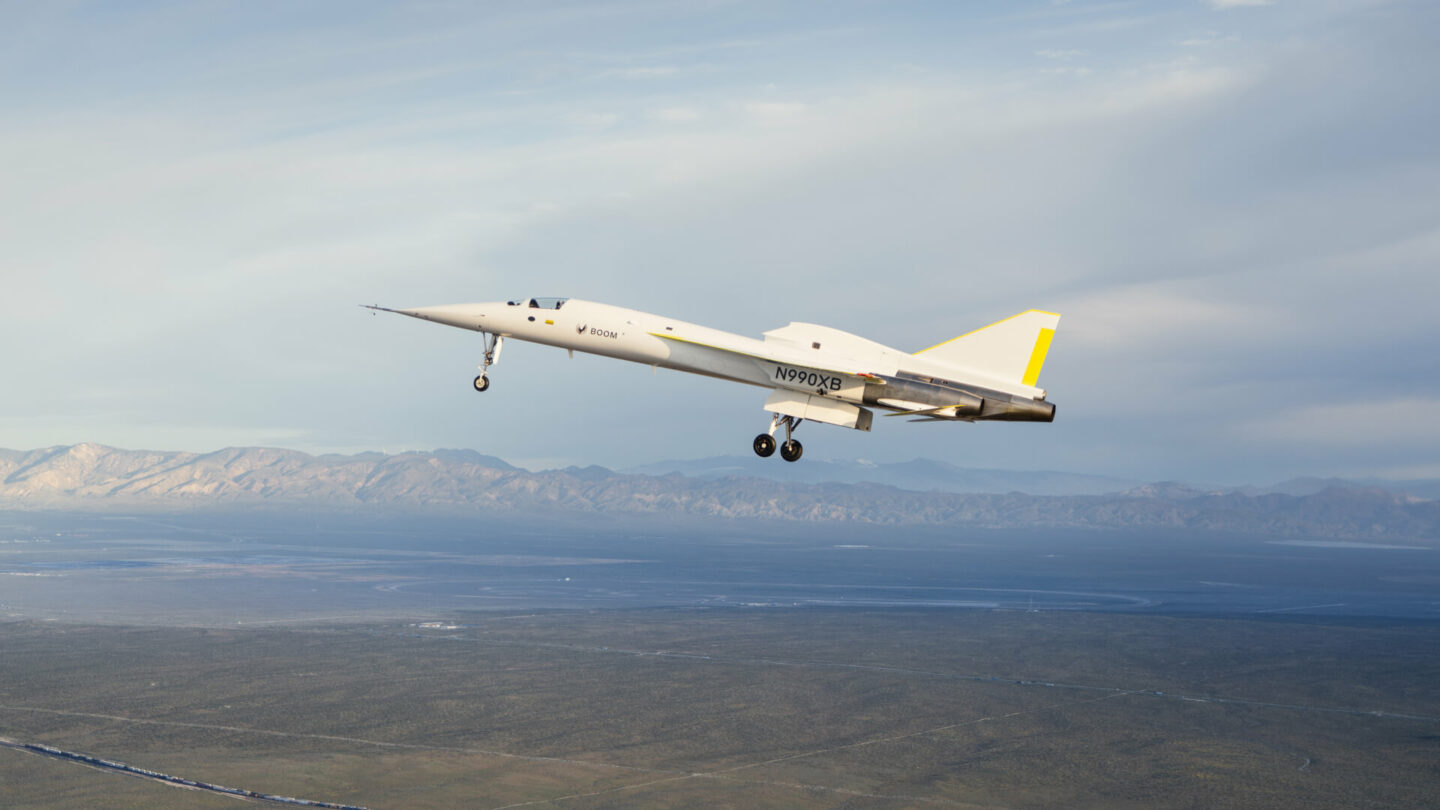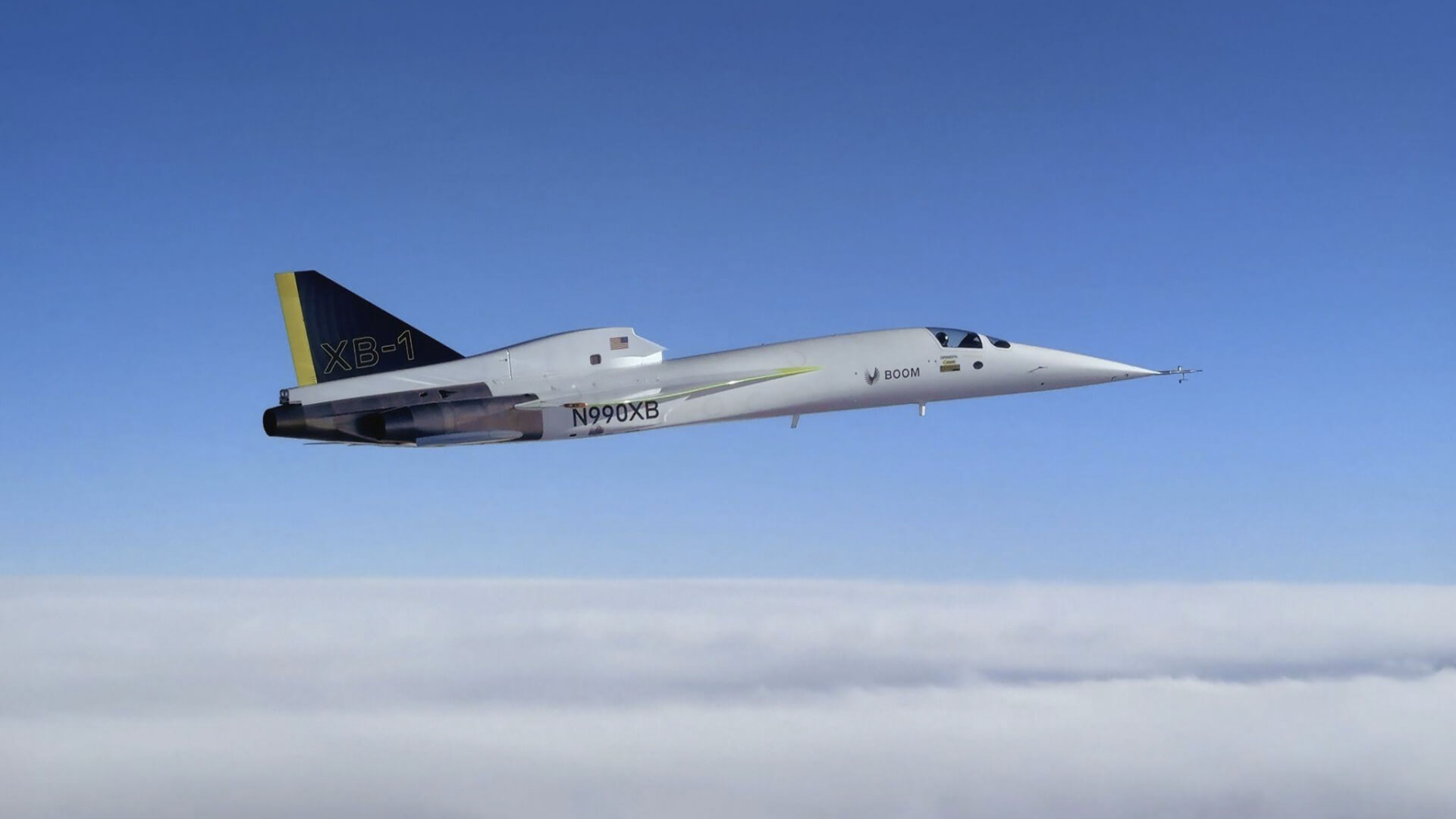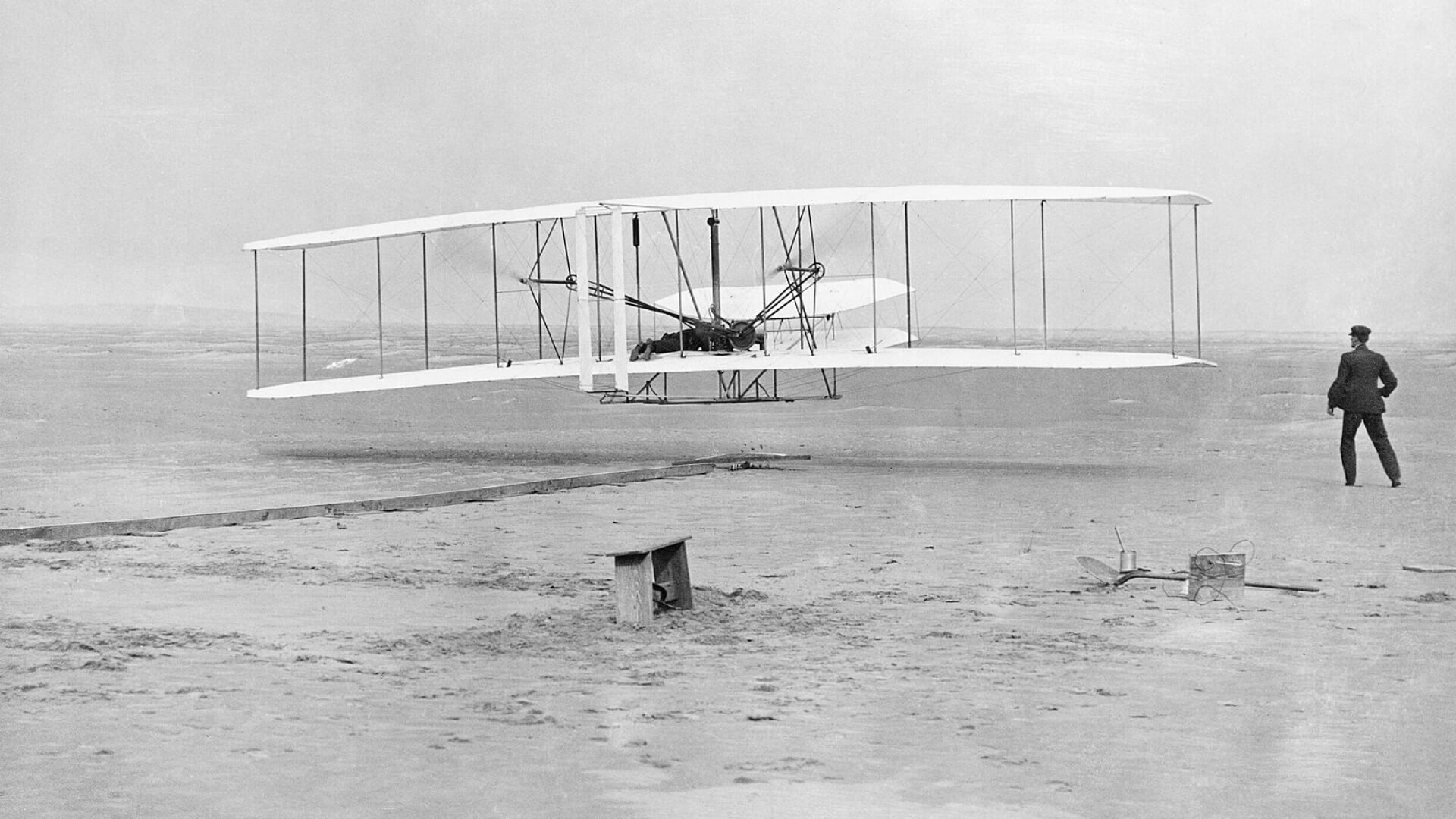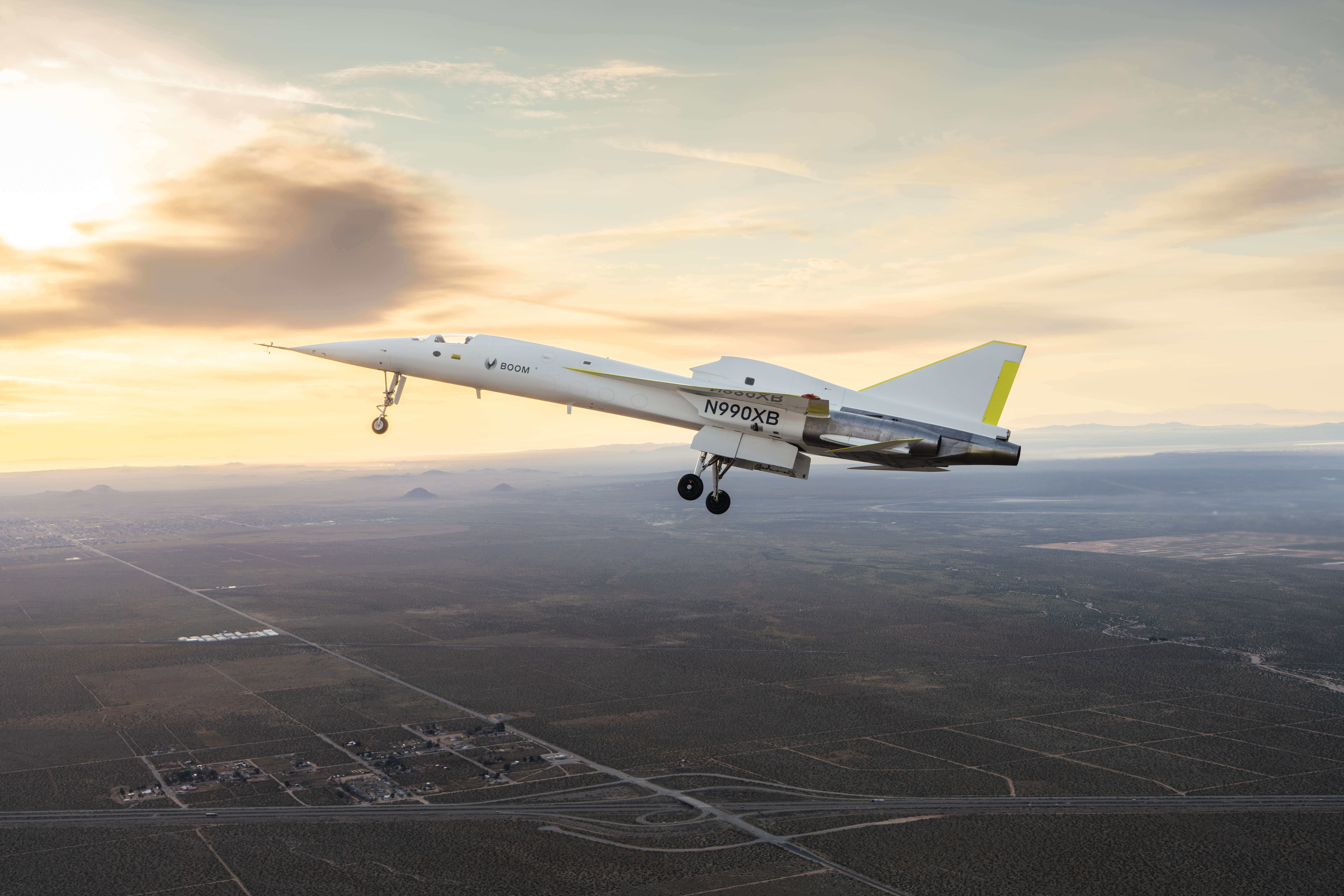Boom’s supersonic demonstrator aircraft, XB-1, recently took off for the first time during a successful inaugural flight at the Mojave Air & Space Port in Mojave, California.

As the world’s first independently developed supersonic jet, XB-1 is an entirely new airframe, designed as a technology demonstrator to inform the design and development of Overture, Boom’s supersonic airliner. In order to test and validate new technologies and designs, XB-1 has undergone extensive ground testing, and has now progressed to flight testing.

The first flight of any aircraft encompasses a multitude of firsts within that singular moment: the first time the wheels leave the ground, the first time the pilot is utilizing systems in the air, the first time the aircraft goes through landing procedures.

A plane designed to break speed or altitude records, like many of those who have broken barriers in the same airspace in Mojave, is likely to go through several phases of preliminary testing before pushing the limits of what it can do. The flight envelope, meaning the operational limits of the aircraft with respect to speed, altitude and other parameters, incrementally expands over the course of a series of test flights.
Read on to learn more about what happens when a brand new aircraft takes off for the first time.
What Happens During a Maiden Flight?

Every new airplane, whether commercial or military, must undergo extensive ground and flight testing to ensure it meets all safety and operational requirements.
Following ground tests such as engine runs and comprehensive tests of each onboard system, the aircraft will run through taxi tests at increasing speeds. Taxi tests allow the team to test systems in motion and evaluate performance and handling that can translate into safe takeoff, landing, and ground maneuvering. Learn more about taxi testing here and view XB-1 taxi testing here.
After a series of successful high speed taxi tests and pre-flight checks, and securing the proper authorization from the FAA, the aircraft is ready to begin flight testing.
The first or “maiden” flight of an airplane can vary widely in speed, altitude and duration. The historic very first flight in a powered aircraft by the Wright Brothers in 1903 lasted just 12 seconds, traveled 120 feet, and reached a top speed of 6.8 mph. Their highest altitude out of several flight attempts that day was 10 feet.

Fast forward through over 100 years of aerospace development to the F-35, a fighter jet capable of speeds up to Mach 1.6 (or 1,200 mph), which topped out at 225 knots (or 258 mph) during its first flight in 2006. The Gulfstream G650, known today for its high speed and range, flew to 6,600 feet at a speed of 170 knots (or 195 mph) during its 12-minute long first flight in 2009.

Typically during the maiden flight of an aircraft, the primary focus is safety and minimizing risk. The flight envelope expands gradually over the course of a series of test flights as performance data is received and analyzed.

It is also industry standard for the landing gear to remain in the down position during first flight. The first flights of the F-35 and G650 took place with the landing gear down. There are a few reasons for this, number one being that the primary goal of the first flight is to evaluate other aspects of the aircraft’s performance during takeoff and landing. In the case that the aircraft needs to make an emergency landing, it is preferable to keep the landing gear down and test that system in subsequent test flights.
XB-1’s Inaugural Flight

Chief Test Pilot Bill “Doc” Shoemaker was at the controls when XB-1 took flight, and Test Pilot Tristan “Geppetto” Brandenburg followed and monitored XB-1 in a T-38 chase plane. XB-1 reached a maximum altitude of 7,120 feet, and did not exceed 238 knots (273 mph) during the 12 minute flight.

While the pilots were in the aircraft, the ground team, led by Vice President of XB-1 Jeff Mabry, was in the control room keeping a close eye on the many moving parts of the mission. The control room engineers are the same ones who designed the aircraft systems, and have been operating as a team for every single ground test event conducted over the last two years.

Once the aircraft took off, the team focused on how XB-1 flew and landed, including an initial assessment of the aircraft’s handling qualities, airspeed checks with the chase aircraft, and assessing the aircraft’s stability in the landing attitude (at a high angle of attack).

XB-1 landed safely thanks to coordination between the pilot, using XB-1’s augmented reality vision system, and a Landing Signal Officer (LSO) who watches from the side of the runway and communicates additional information to the pilot to support the plane’s final approach and landing. XB-1’s augmented reality vision system is made up of two nose-mounted cameras that feed a high resolution pilot display, digitally augmented with attitude and flight path indications. This system enables excellent runway visibility and improved aerodynamic efficiency without the weight and complexity of a movable nose.

XB-1 met all of its test objectives including safely and successfully achieving an altitude of 7,120 feet and speeds up to 238 knots (273 mph). While XB-1 was in the air, the team assessed the aircraft’s handling qualities, including airspeed checks with the T-38 chase aircraft, and the aircraft’s stability in the landing attitude (at a high angle of attack).
The Return of Supersonic Travel

The inaugural flight of XB-1 marks a major milestone on the path toward the return of supersonic travel. The XB-1 program set the foundation for the design and development of Overture, Boom’s commercial supersonic plane. Overture will carry 64-80 passengers at Mach 1.7, about twice the speed of today’s subsonic airliners. Optimized for speed, safety, and sustainability, Overture is designed to run on up to 100% sustainable aviation fuel (SAF).







